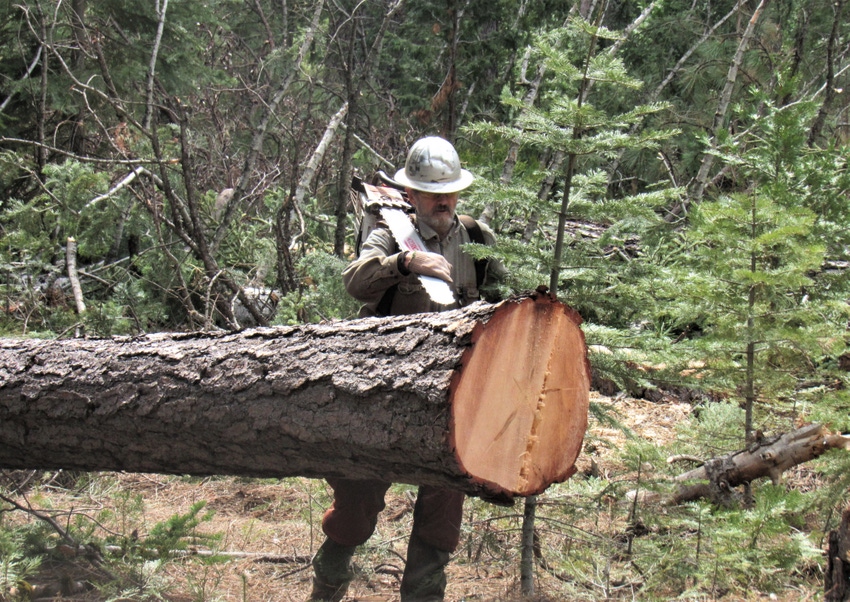
We all know the timber industry, like other agricultural commodities, exists primarily to generate income for growers and harvesters. But does the industry have a role in saving the planet?
A pair of recent reports suggest that it does.
In one, University of California (UC) communications specialist Jeannette Warnert explains that the growing severity of wildfires in recent years has led to growing acceptance of “pyrosilviculture” – a new term coined by UC fire scientist Rob York to emphasize the importance of fire in silviculture, the management of forests for wood.
The use of fire in forest management is nothing new; Native Americans did it for centuries. But as fire suppression in the last century has made forests more dense, the fear of out-of-control blazes and their potential damage to timber resources have some managers urgently trying to negotiate a truce in the war on fire, Warnert writes.
In the past year, making peace with fire and using it as a benefit has been the goal of UC Cooperative Extension (UCCE) forestry and natural resources scientists, Southern California Edison forest managers, state Department of Forestry and Fire Protection officials and U.S. Forest Service representatives, she notes.
The USDA calculated the value of California forest products in 2017 at about $429 million. Because of the potential loss of some of this revenue, the industry has been reluctant to use fire as a tool, that’s changing, says Warnert.
“Fire is such an important ecological process, you can’t manage for timber without fire,” York told her.
Prescribed burns are routinely done on public lands, but scientists say they’re not enough to reduce the threat of catastrophic wildfire. Enter the UCCE, where scientists including forestry and natural resources advisor Susie Kocher has been working with landowners to encourage more prescribed burning to reduce risk.
In Humboldt County, UCCE advisors Lenya Quinn-Davidson and Jeff Stackhouse helped set up California’s first Prescribed Burn Association, whose members will pool their resources to conduct burns to maintain productive grasslands, enhance wildlife habitat and ensure safer communities.
As Warnert notes, these activities benefit nature. Owls, bears, deer and other wildlife make their homes among firs, pines, oaks and cedars, while forest stabilize mountain slopes, which store water, she writes.
In the other report, the Center for the American Experiment observes that Minnesota’s forests – 51 percent of which are owned by the timber industry – are flourishing. From 2012 to 2017, Minnesota’s forested lands increased by 755,000 acres. This is obviously good environmentally, as forests absorb the carbon dioxide that is believed to contribute to climate change.
The efforts help the industry’s image, as people understand the days of clear-cutting forests are long over. But the science in these reports is also useful in that it can be cited in the public comments that regulatory agencies collect when considering environmental restrictions that could hurt the industry – and maybe nature, too.
About the Author(s)
You May Also Like






